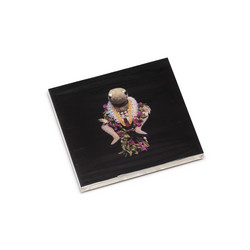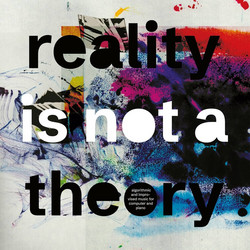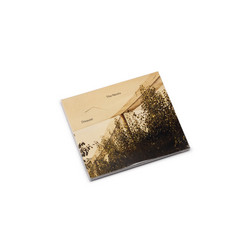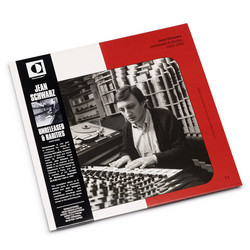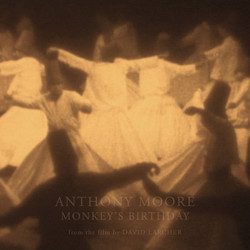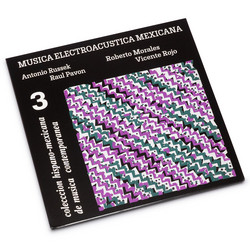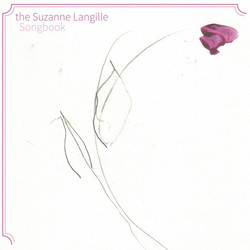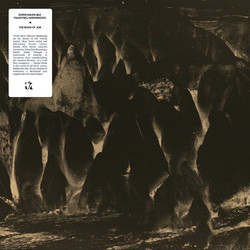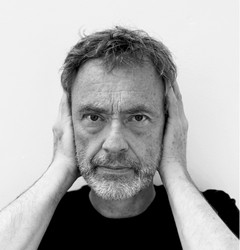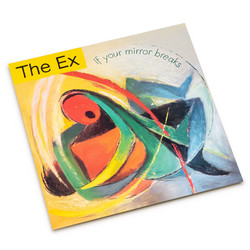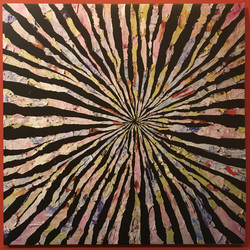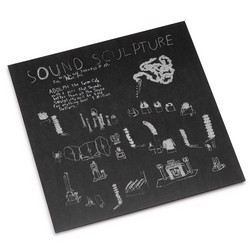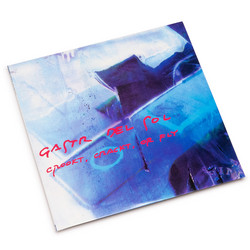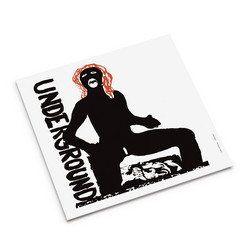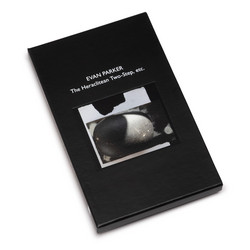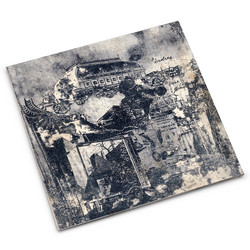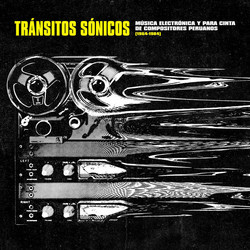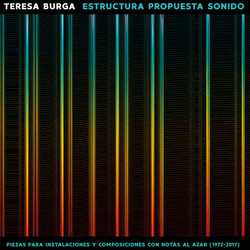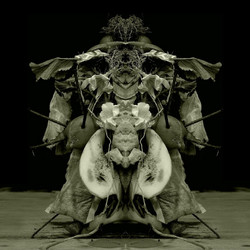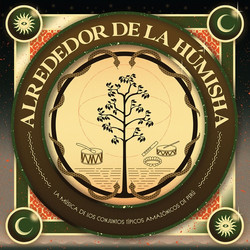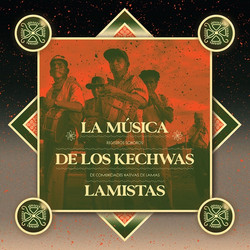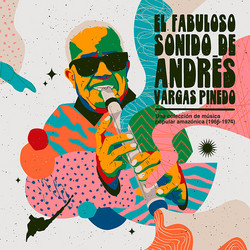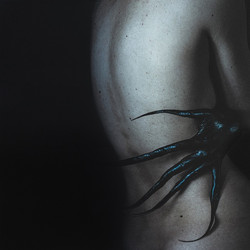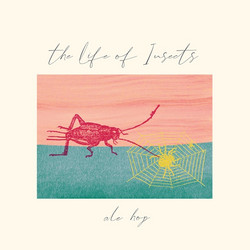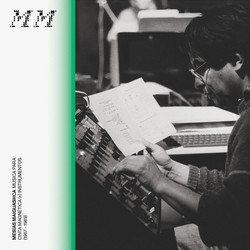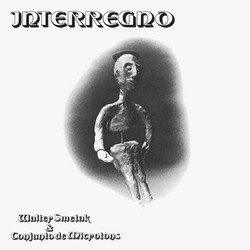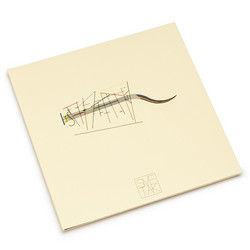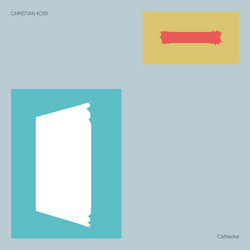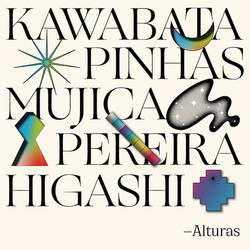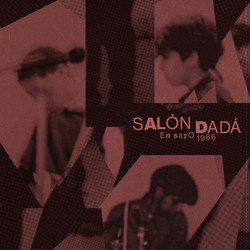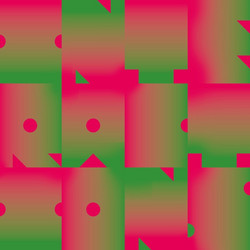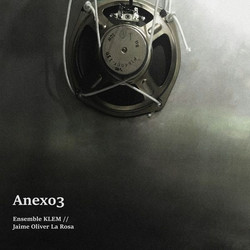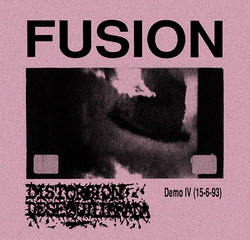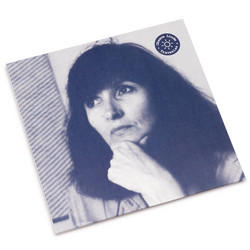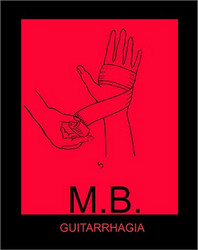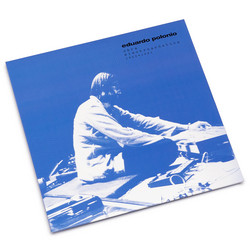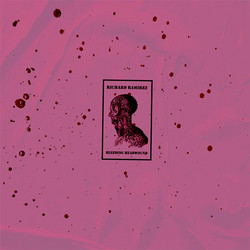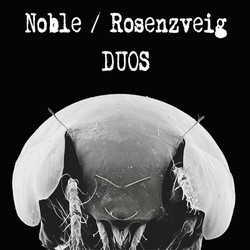Edgar Valcárcel
Composiciones Electrónicas Para Los Andes (1967-2006) (LP)
Edgar Valcárcel (Puno, 1932-Lima, 2010) was one of the most important composers in Peru. He belonged to a crucial generation centered around the 1950s, which also included César Bolaños, Leopoldo La Rosa, Celso Garrido-Lecca, Enrique Pinilla, and Francisco Pulgar Vidal. These musicians were responsible for introducing locally the new languages of the international musical avant-garde, in a meeting with the legacies of Peruvian native music, where the folkloric material was used under very free and abstract conceptions. Although Valcárcel distinguished himself as a prolific and remarkable composer of orchestral and chamber music, as well as a notable pianist, his interest in electronic composition was registered in four pieces that are a good example of his musical obsessions. Invención (Invention) (1967), composed in Columbia under the watchful eyes of Vladimir Ussachevsky, represented an outstanding beginning in these new languages and can retrospectively be considered as one of the masterpieces that sprung from the New York research center. There he also began the composition of Zampoña Sónica (Sonic Zampoña) (1968-2006), a visionary work, initially designed for magnetic tape and flute, revised after his appointment at McGill University in 1976, until its final form in 2006, which was premiered in Lima in a version for native instruments processed live with the original electronic track. Flor De Sancayo II: Retablo (Flower of Sancayo II: Altarpiece) (1976) for piano and magnetic tape, was composed at the Electronic Music Studio of McGill University in Montreal, Canada, led by Alcides Lanza and where Valcárcel was appointed as a guest teacher. The work takes as a reference a huayno from the region of Puno in dialogue with electronic sounds. Canto Coral A Túpac Amaru II (Choral Song for Túpac Amaru II) (1968), for choir, percussion, projections, lights, and magnetic tape, a work based on the poem Canto Coral A Túpac Amaru, Que Es La Libertad (Choral Song for Túpac Amaru, who is Freedom) by the Peruvian poet Alejandro Romualdo, is inspired by the indigenous leader of the largest anti-colonial rebellion that occurred in Latin America during the eighteenth century. These pieces are now published on vinyl, as part of the Essentials Sounds collection, with which Buh Records presents a series of fundamental works of the musical avant-garde in Peru.
